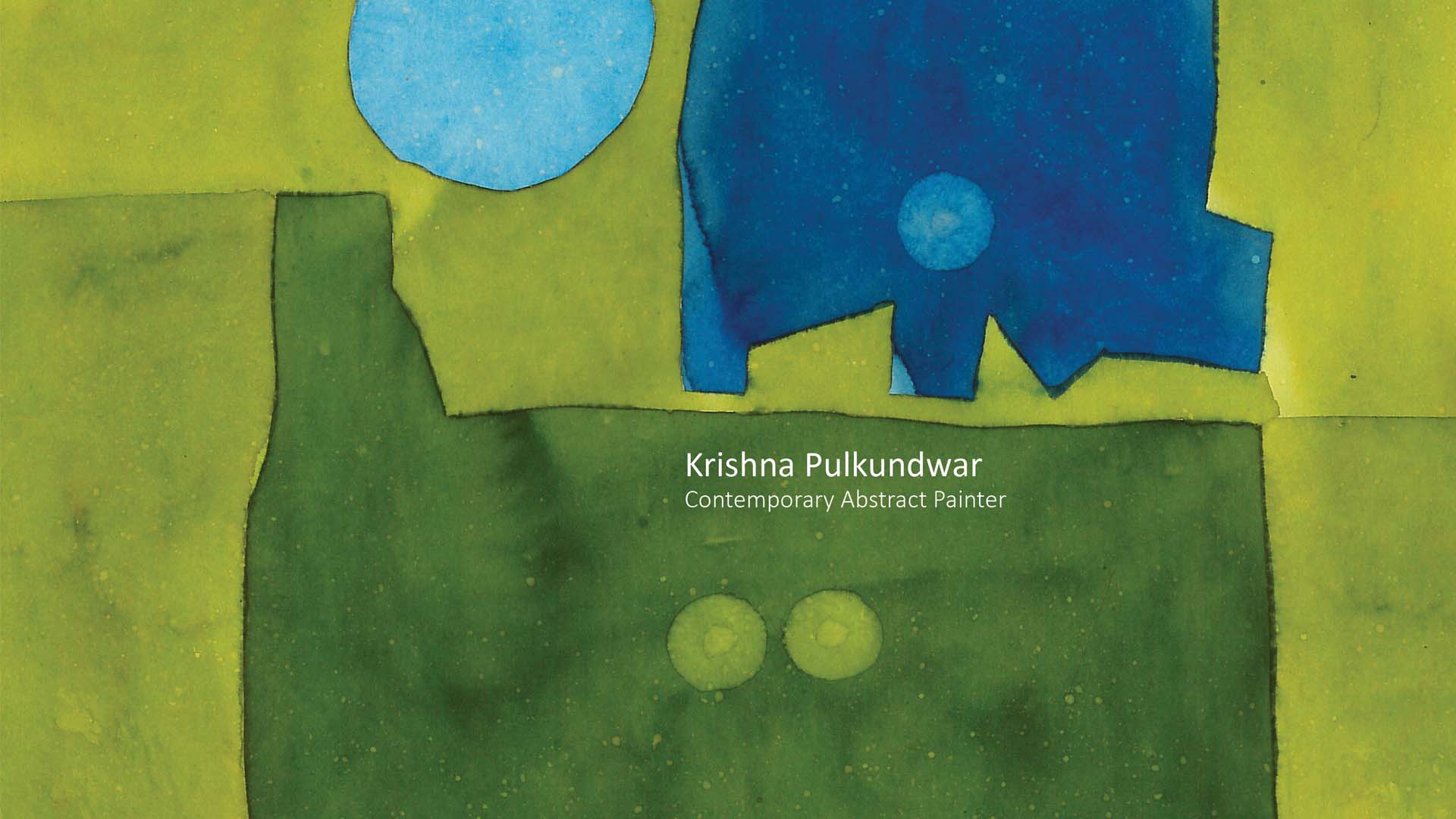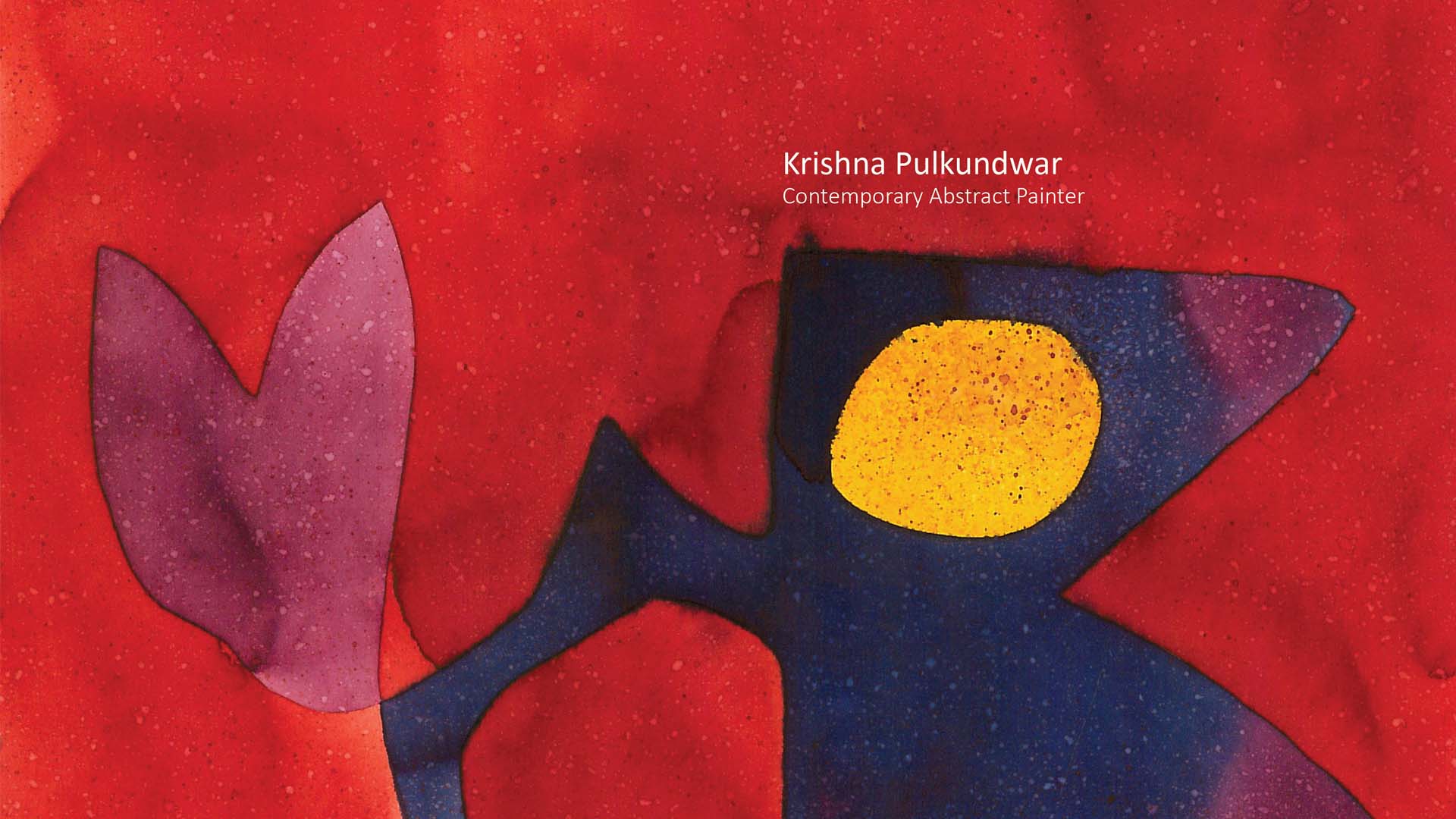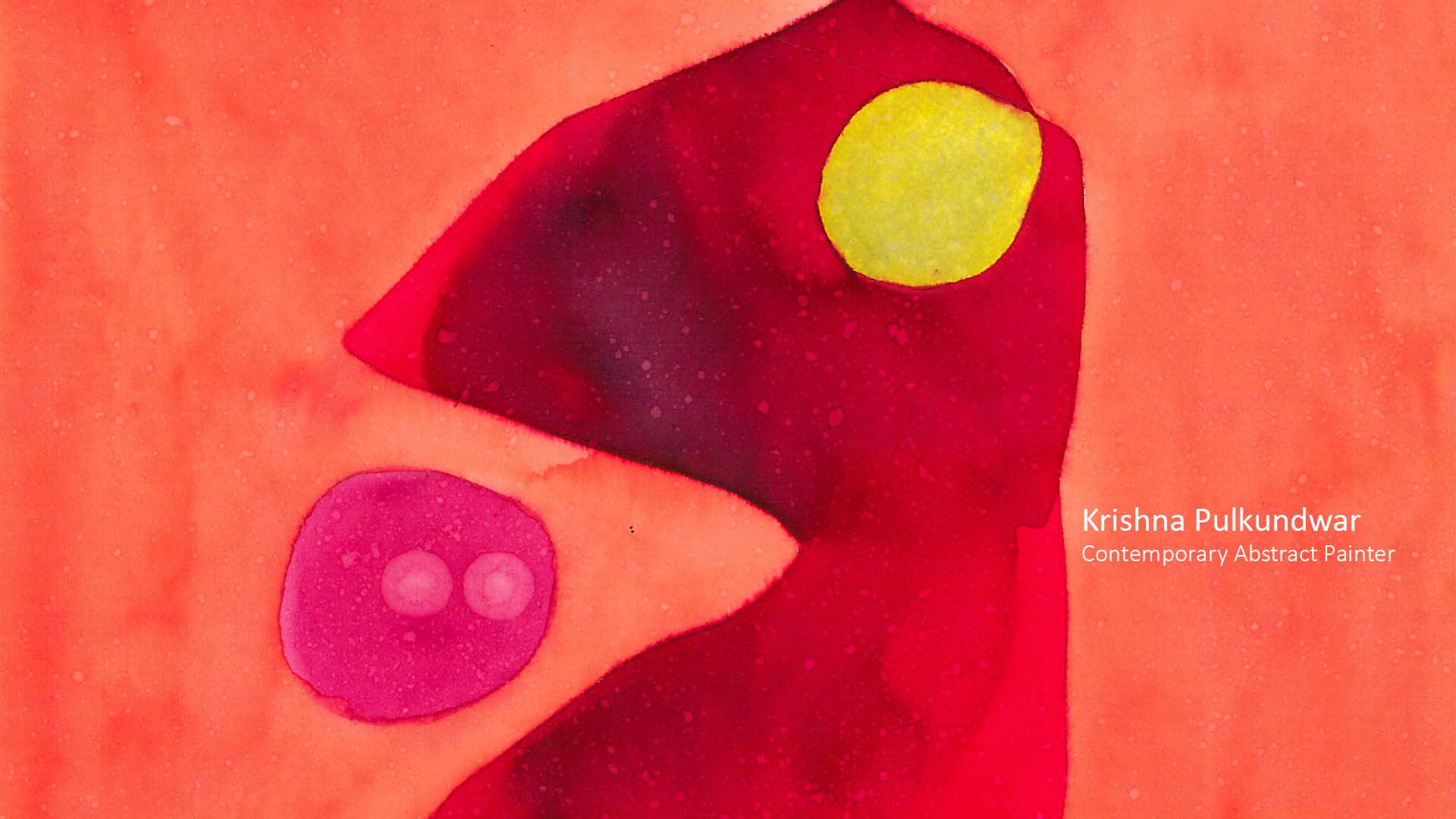About
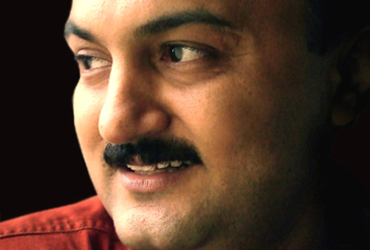
Krishna's artistic journey finds its roots in the depths of his personal experiences. His paintings serve as vibrant expressions of the myriad encounters and emotions that have colored his life's canvas. Simplicity, he believes, is the pinnacle of artistic achievement, yet he acknowledges that the path to creating something truly simple can be remarkably intricate.
Every thoughtful notion ignites a creative spark within Krishna. He regards raw thoughts as the seeds of subconscious visuals. In the tapestry of his daily existence, moments, challenges, alluring forms, desires, and expectations etch delicate imprints upon his mind. From these impressions arises a vivid mental gallery. When he closes his eyes, a kaleidoscope of visuals appears before him. Some of these ephemeral images leave an indelible mark in his memory, eventually becoming the focal point and essence of his artistic creations. This phenomenon constitutes a profound facet of his abstract artistry, shaping his unique perception.
As a dedicated professor at the Sir J.J. Institute of Applied Art in Mumbai, Krishna holds a profound belief in the vital role his students play in shaping the evolution of his abstract paintings. His artistic impact extends far beyond the classroom, resonating with a global audience. Krishna's work has garnered acclaim from prestigious private and corporate collectors spanning the globe, from the vibrant art scenes of New York, Florida, and Chicago to the international hubs of London, Dubai, Singapore, Ireland, Canada, Germany, France, and his native India.
His abstract masterpieces have graced solo and collective exhibitions, both in India and across the world.
Work Series
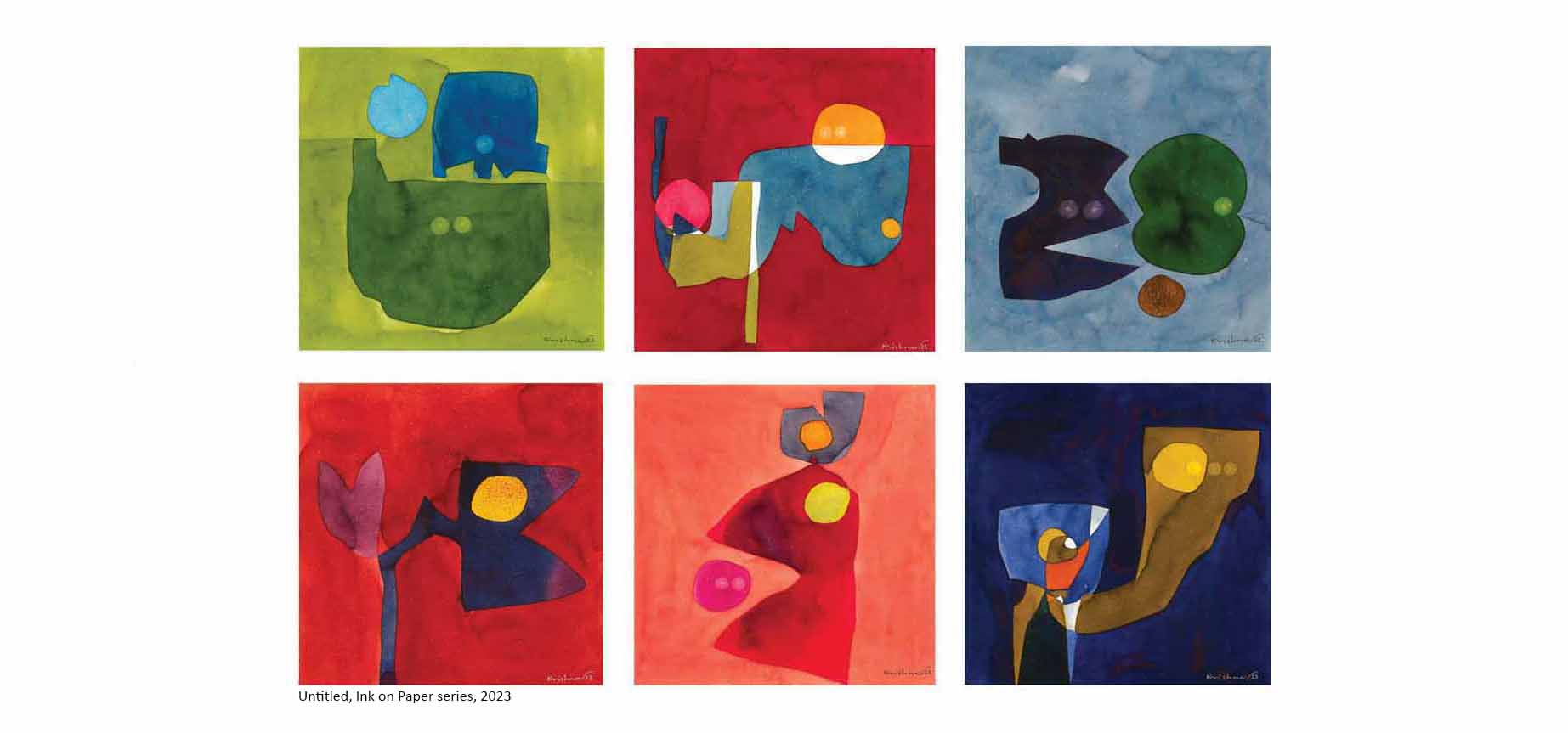
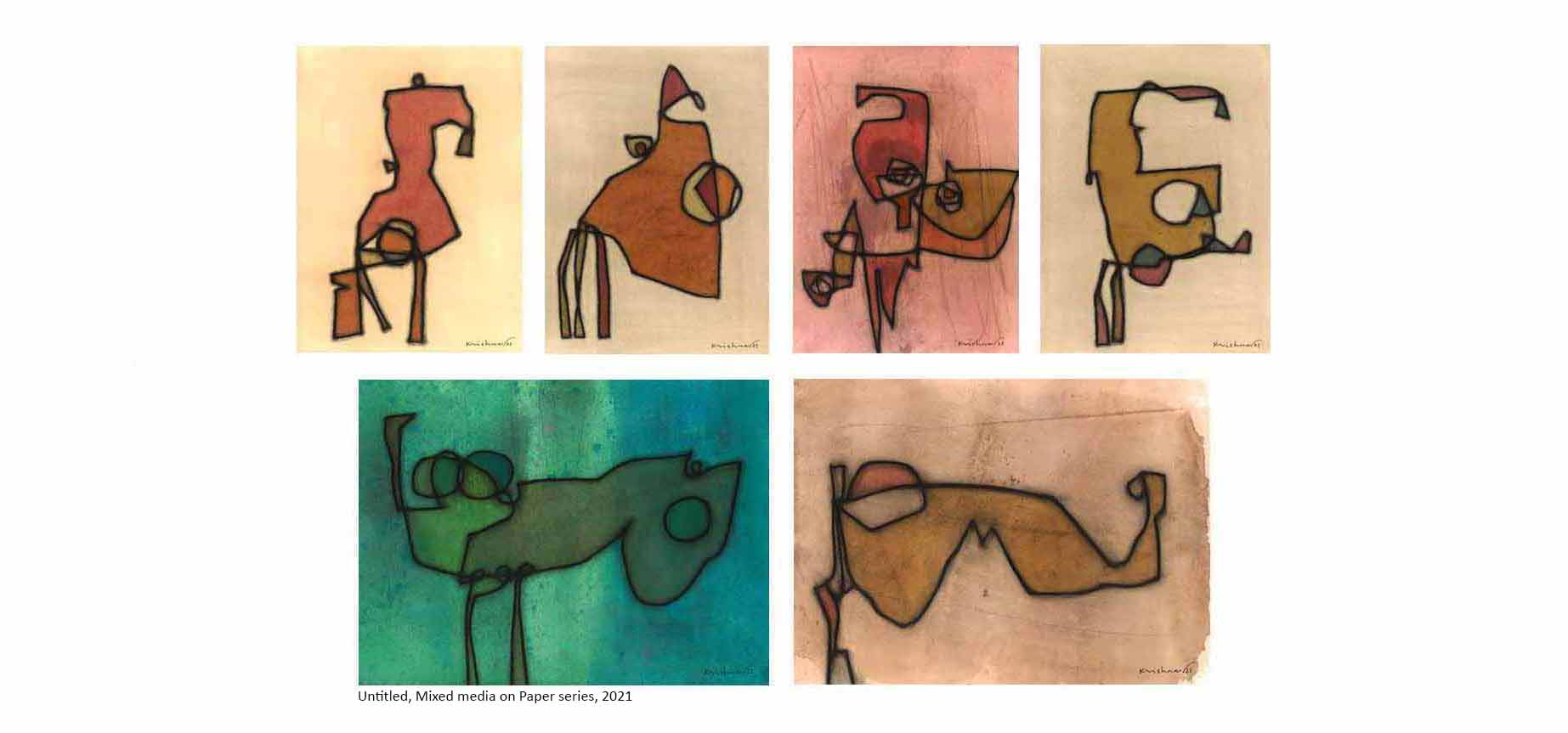
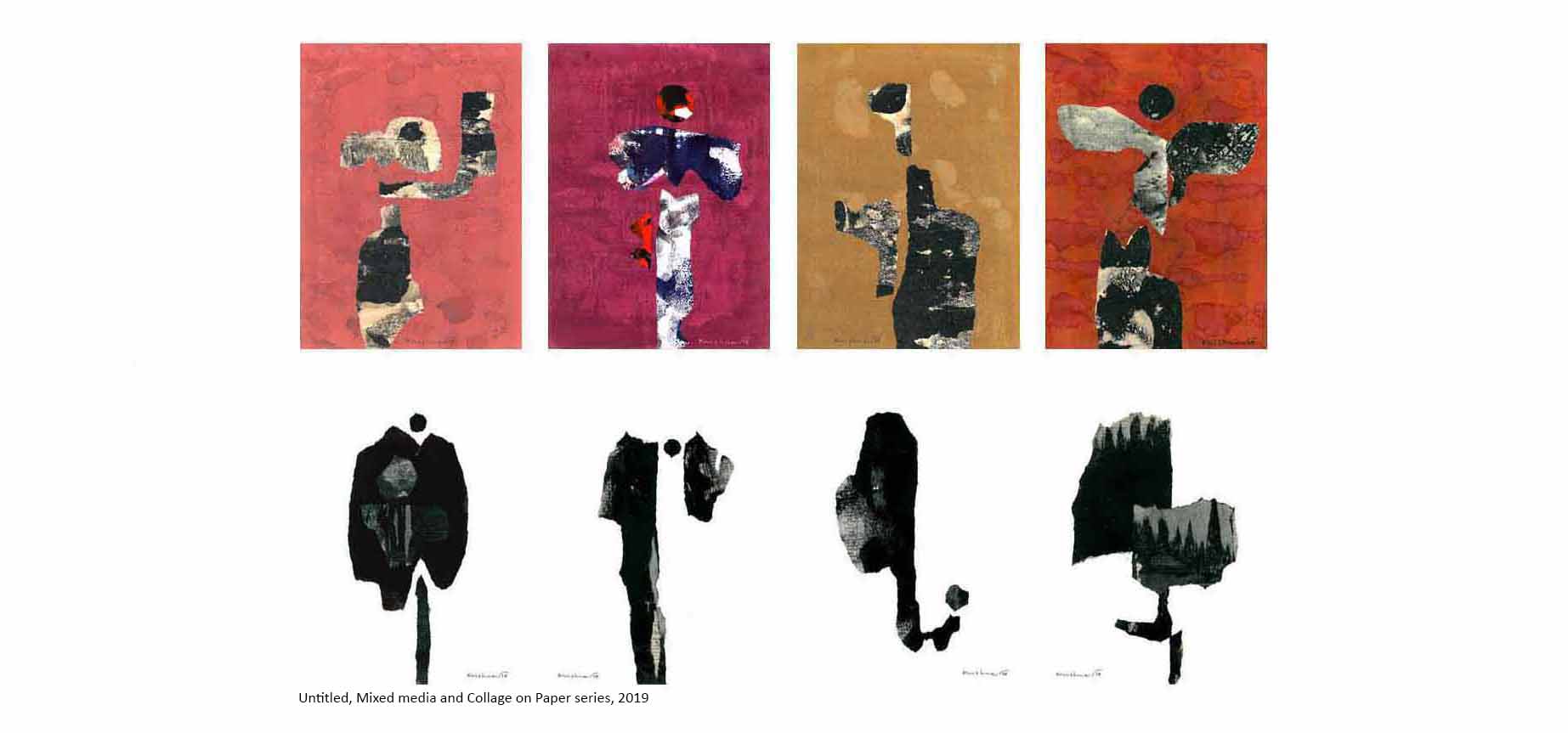
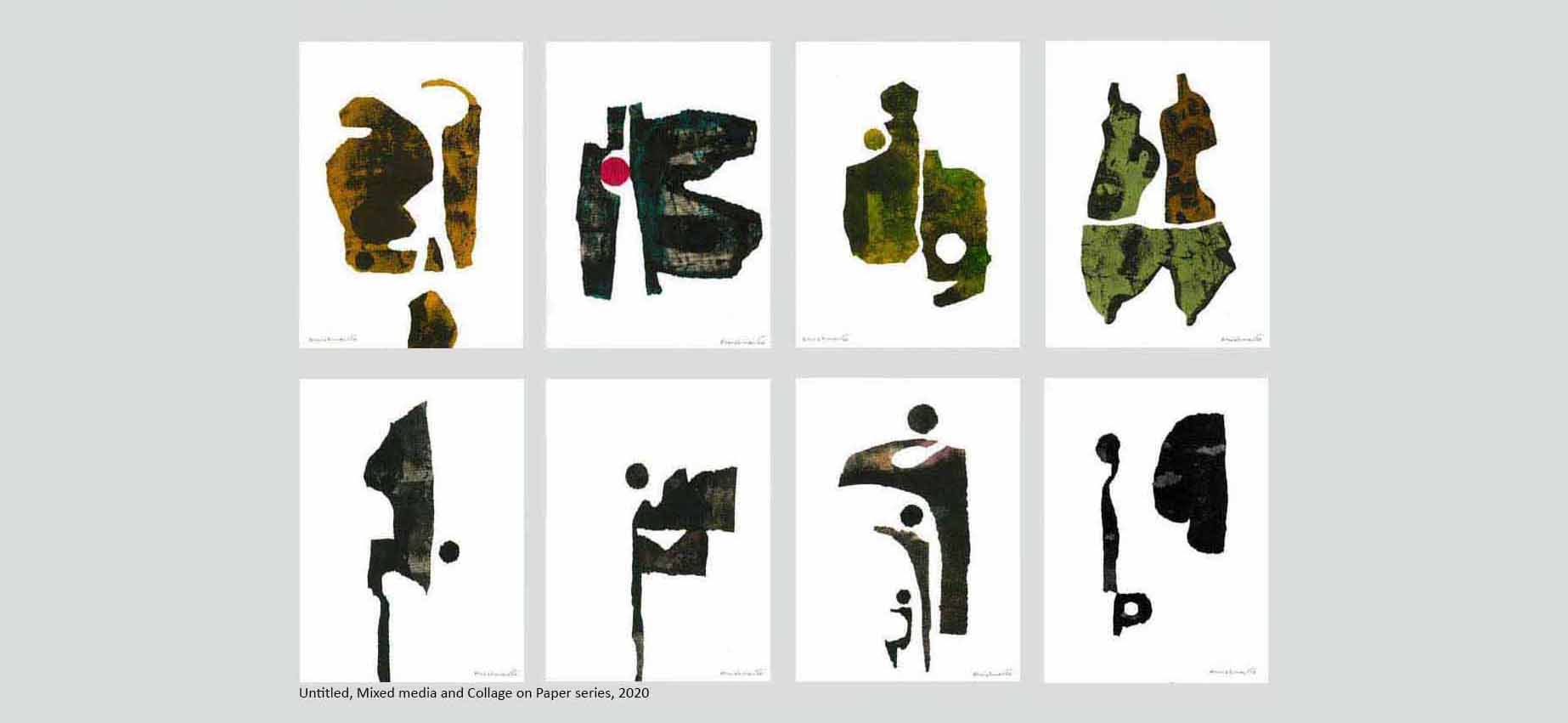
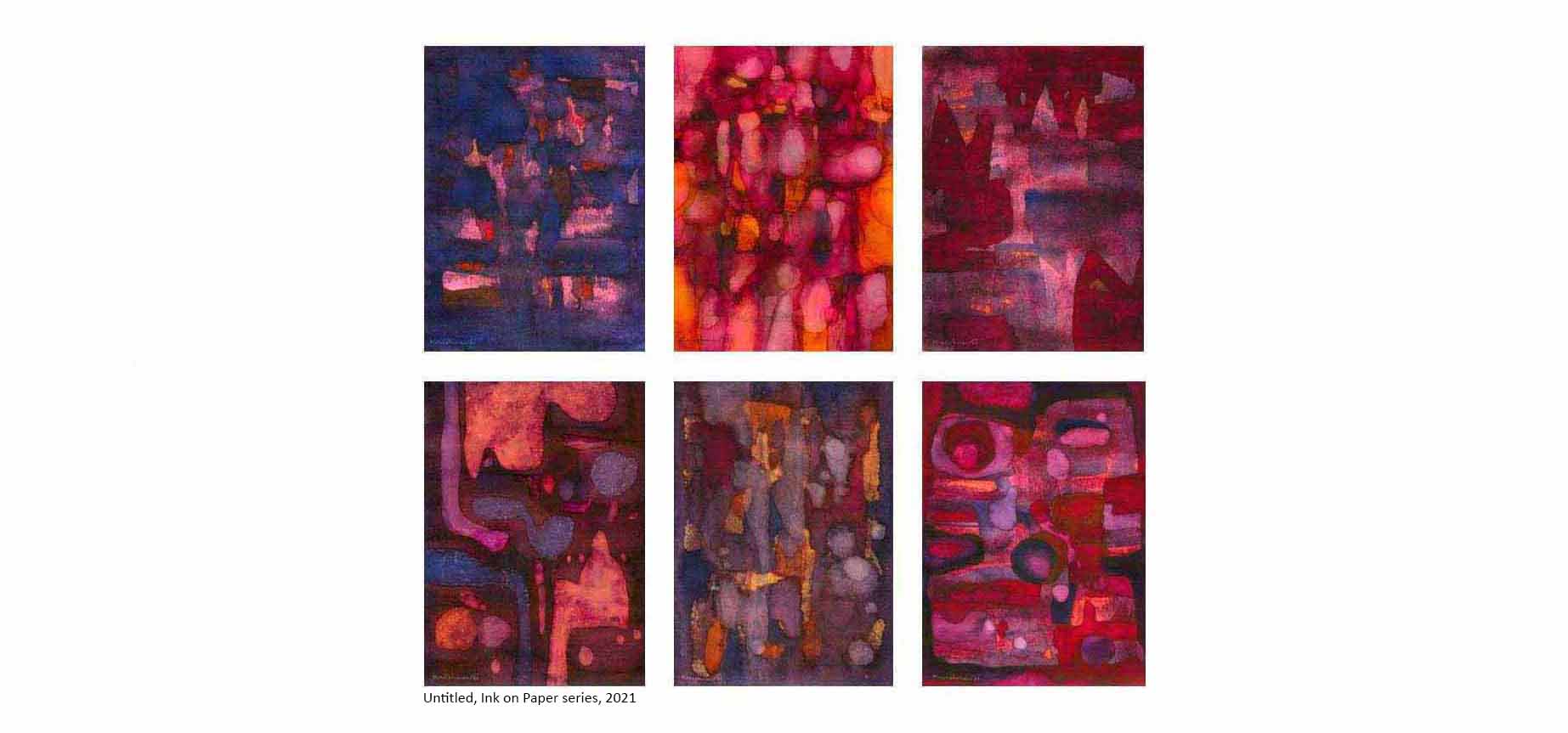
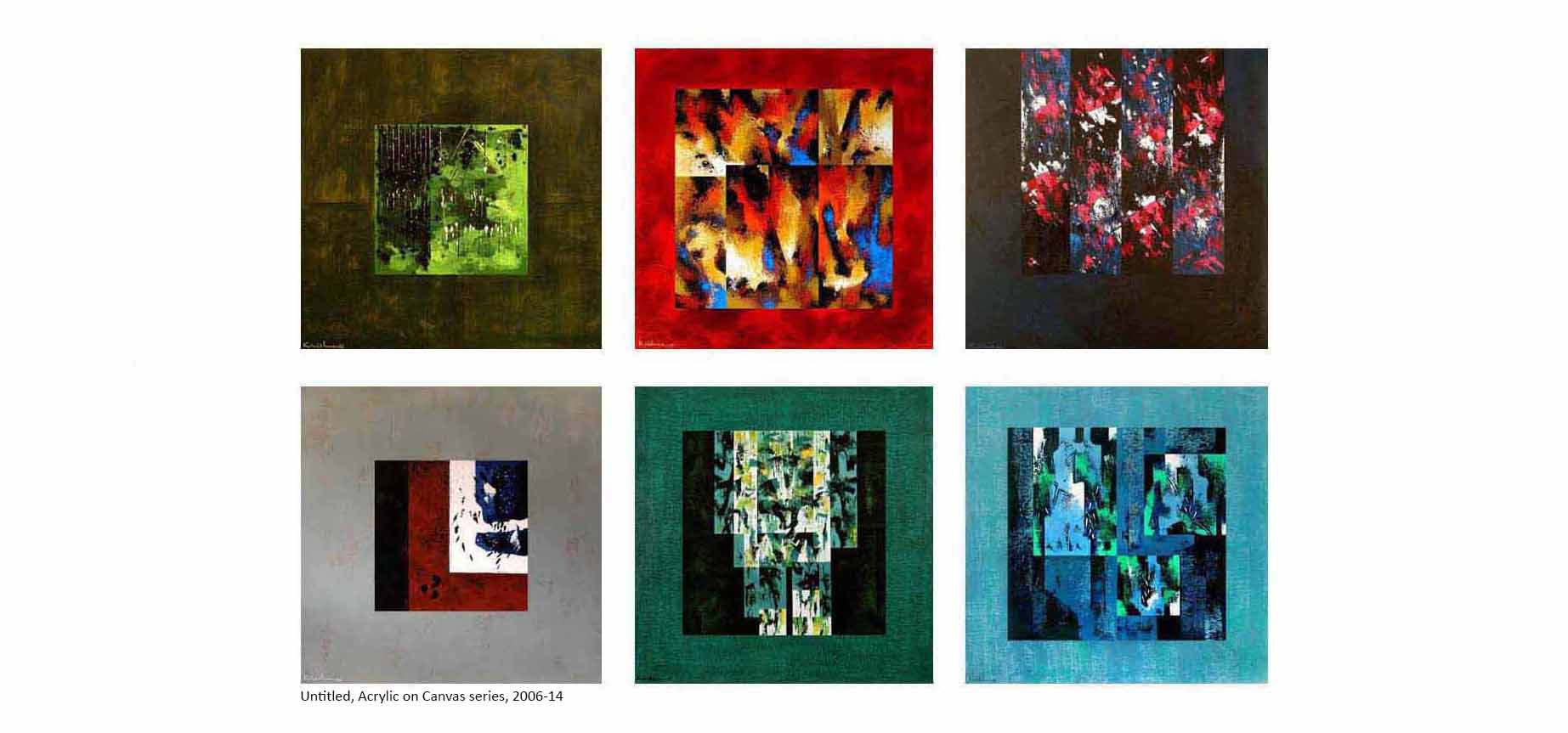
Essay
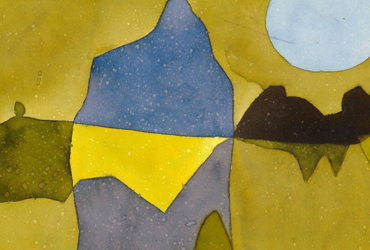
Moving Ahead
Pravina Mecklai, Jamaat Art Gallery, Mumbai
Krishna Pulkundwar comes from a Village in Maharashtra with all the rural visual inputs from his childhood.
His keen observation there of nature has stayed with him throughout. The colours, the play of light and shadow, the effect of rain, sunlight, clouds, even the moonlight changes how things seem and look. But more, much more than all this Krishna was fascinated by textures. The look and feel of stones, barks, pebbles and leaves viewed through running streams. The ripples caused by a vagrant breeze, the effect of falling rain. This inspired a great to recreate that on his canvases.
But Krishna is no longer a village lad. He moved to the big bad city of Mumbai! He is a Professor at Sir J.J .Institute of Applied Art. He has moved ahead. Completely comfortable in his skin as an urban person, he is no longer wowed by the city he lives here, is completely acclimatised here and belongs here. What has stayed with him is the continued fascination with texture. The look and feel of city walls , the stones on our streets , the puddles and potholes , Yes , and the falling rain , the rippling breeze on the trees and waves of the sea . It is still nature but in an urban environment.
To this is added modern attire. Working in a College, he daily sees the young dresses, colours, shapes, textures again and he is inspired anew. Being surrounded by the young is a wonderful thing you are constantly challenged, you interact with them at several levels, you are exposed to the various media that they use and you have to update yourself and move ahead.
With time comes a certain maturity. Krishna now looks beyond the obvious, he is more discerning. In the visual language, he is now pared down, more refined. He has moved away from the common craft of painting to a more creative level, with much more thought and soul behind it. There is much more focus behind Krishna’s work now, not so much impulse and more deep thinking. The forms have been minimised, the geometrics more diffused, the colour palette more homogenised. The simplicity is what makes the paintings so elegant and sophisticated.
And as always, the texture is the main thing. Doing away with a conventional brush, Krishna is using a palette knife, rollers, rulers and other implements he has created for his work. This gives the paintings a depth, almost an impasto feel.
Krishna is certainly MOVING AHEAD
Abstract Joyscapes
Prof. M. G. Rajadhyaksha, Ex Dean, Sir J. J. Institute of Applied Art, Mumbai
Many years ago, a little sapling found itself uprooted out of the pristine environs of cool breezes, ample sunshine, flowing streams, and a beautifully simple life. And it found itself replanted into a whole new environment. One of chaos, hustle-bustle, and a furious pace. In such terms could be described Krishna’s migration from his rural roots amidst the warm embrace of nature, to the big bold city of his expression.
While several others might actually have been bogged down by this brutal shift in environment and habitat, Krishna totally exploited his gift of art to marry the influences of his roots and his current existence. And the world was treated to the immensely delightful paintings of Krishna Pulkundwar!
While one might wholly appreciate the acute realism of a landscape painting in the mirror image of God’s creation, the exact stirrings that a beautiful abstract work evokes is something else altogether. I would associate the joy derived out of Krishna’s abstracts to the little inexplicable abstract joys that all of us encounter on an everyday basis. Joys like the sudden blush of an evening sky, the heady feeling that comes with the fragrance of wet earth, the sense of liberation our heart feels on hearing the cuckoos call; all abstract expressions, but with very real enrichment of the senses. Quite a bit like taking in the vivid earthy colours, crisp form build-up, and the overall beauty of Krishna’s paintings
Colours form unique colonies, textures breath a new life, and a flat surface discovers new depths in the bold expressions on Krishna’scanvas. And through it all, I’m sure the viewer experiences a whole new manifestation of plain old simple joy!
Embracing the Mystic Abstract
Ashish Vilekar, Mumbai
It is not the desperate urge of progressive simplification, compulsive proposals of catharsises emotions or complex equations of frame of references that support his pictures. The world of colours, their vibrating notions and his fascination for abstraction lead him towards the mystic land of 'The Abstract Art'. That is what I know about Krishna Pulkundwar.
Embracing the mystic Abstract with a statement does not intend to say. I wish to present. An artist invites troublesome tense moments. Still he is expected to continue his journey without surrendering his conscious to those tormenting moments. Krishna also went through this phase. His initial work did reflect the same.
Krishna spent his childhood in the lap of nature; from there he landed in the multi cultured mega city. The city structured with artificial, mechanical components. It was difficult to tune in so was his reaction. Krishna tried to reduce the pressure through landscapes, the only link that reminded him of his previous past. But who can define and interpret the versions of frequent changes occurring in ones mindset? The disturbances lead him to the unknown region of 'The Abstract.' Through the mist of disturbances Krishna glimpsed the visual possibilities. Accompanied by a fistful of childhood treasures Krishna travelled through the distant land of 'The Abstract.'
The restricted nature of the mega city was creating tensions against his past. The volume of the mega city rose higher and occupied the canvas. There were no human beings...just noisy levels of volume and its occupancies. The impressions of his past however showed their presence without making any noise. The aged tree trunks, crushed walls, stones, fauna and the shallow riverbed painted the sea of his vision on his soul. Tensions and stress caused by these two morphed in to his paintings. Krishna accepted their presence.
What exactly does his painting say? When an artist himself declares that he has nothing to say and nothing to convey! What should an onlooker look for? It was exactly here that the crowded, vibrant mega city colours raised their voice and noise to declare their existence. In the restricted walls of the mega city an artist's treasure awkwardly occupied its place! Why does the crowd dominate? Why a single co-ordinating alliance with the crowded city couldn't appear in the whole picture? Is it continuous denial to the co-existence? Or is it the mutual agreement between the two of them to stay in their restricted areas of freedom? A satisfactory answer to these questions would be further extensions of Krishna's journey.
In the mysterious region of The Abstract Art, equations do not help to unveil mystery! Interpretations and meanings lead to further confusions and debates. Constant occurrence of questions is the only key to open these doors, because the region of The Abstract Art is full of constructed mirage and it still haunts people since it is forbidden. Krishna has stepped in to such a land of mystery and misery.
Media Reviews
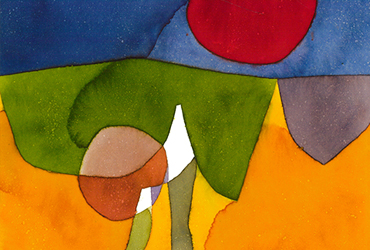
Bombay Times, Mumbai
Saturday, October 2, 2010 Lisa Antao
The most simple things are most difficult to create
Lisa Antao speaks to abstract artist Krishna Pulkundwar about his latest collection Delving Within
The colours, geometrical shapes and the use of different textures lend all of his paintings an air of sophistication.Out of the 35 paintings in his collection, 33 are dominated by the cool colours of blue, green, grey and black with a dash of white.And to break the monotony of these colours, the remaining two paintings comprise the colours brown, red and yellow. Meet 39-year-old abstract painter, Krishna Pulkundwar, who is also a part of the teaching faculty at Sir J.J.Institute of Applied Art.
So what is his collection Delving Within all about I don't why but I have always been fascinated by different textures right since my childhood.Be it the textures of leaves, barks of trees, stones, the coating of moss during the monsoons or the cow dung smeared on the floor in rural houses.I grew up in a small village in Maharashtra and when I moved to the city, I noticed there were the geometrical shapes of rectangle buildings and squares in the form of windows everywhere, says Krishna.
The artist says that he was fascinated by these shapes and at the same time attached to the natural bounty in the rural surroundings of his village.Krishna has used the geometrical shape of windows to look back into his childhood,reminiscing about the carefree nostalgia amongst nature.The interplay of the colours is elegant and the entire canvas has been worked upon with textures using dried petals of leaves,rocks,barks of trees,flat brushes as well as paint rollers,unlike his previous collections.He's been working on this collection for the past two years.
And what prompted him to become an abstract painter Krishna says Initially, I was a landscape artist.As a landscape artist, I was heavily drawing inspiration from nature.But later as I went the abstract way, I was creating something that was original and wasn't limited to imitating nature.As an abstract painter, everything that I create is original and much more exciting.Like every artist's signature style, I too have developed my own, that of windows within windows. He constantly jots down ideas and different perspectives observing everything around him and says that the most simple things are most difficult to create.
He is inspired by the abstract works Laxman Shrestha, the bold lines of M F Hussain, world renowned American artist Mark Rothko's simplified abstract works and Paul Feiler's compositions. He also takes inspiration from his students, their youth and their experiences that offer him a fresh perspective on things. According to Krishna, for an artist, his art is his soul.And since, art is a continuous process, the journey counts because only after so much passion,something is achieved.He humbly says that this is just the beginning for him,and that only 20 per cent of his creativity has been utilized by him,there's still a whopping 80 per cent waiting to unravel itself ! As for the future,he hopes miniature art to be given impetus.Mere reproductions of the old Mughal style of m i n i at u re s doesn't suffice.Today in most art schools, miniatures are not being taught and it should be taught otherwise the style will become extinct.Art should be inculcated right from the school level at a larger scale for art's sake, ends Krishna with a smile.
Times of India, Bangalore
Friday, June 29, 2007 Anisha Rasquinha, TNN
Windows into Imagination
Krishna Pulkundwar’s Embracing the Mystic Abstract is a mélange of his vision concerning the natural and urbane. The 25 renderings of acrylic on canvas use a rich and varied palette. He uses monochrome backgrounds of black, ochre, military green and rich burgundy in most canvases and creates gentle impressions on them, almost like fabric.
All the paintings have frames with-in frames, like windows into his imagination. “As a child I liked visiting rivers and was fascinated by the reflection of shallow water, the textures of wood, stones and leaves. These developed into my frames of reference, and manifest themselves as windows and boxes in my work,” says Pulkundwar. The smaller canvases seem to have pairs in the larger frames with inverted colours and composition, managing a delicate balance. Another striking feature is the profusion of vertical lines and geometric movement in almost all paintings, “I’m from a tiny village in Maharashtra and now lives in Mumbai, so the amalgam of Nature and city life are mirrored in my work. Rusted doors, Old temple walls and vertical sky rises are interlinked playfully in my paintings,” says the artist.
Three pieces stand out for their unbridled joie de vivre with their psychedelic blues, fluorescent reds, and short brush strokes in many hues, almost like a bouquet. “These were inspired by the textures of petals and were painted during Holi.
As my neighbors were dousing each other with bright colours, I was splashing them on canvas,” he says. Two large paintings also have a network of channels that almost seem like the meandering mazes of urban life, while some have layers within each other, like delving into the different levels of the artist’s consciousness.
Saffron art cafe
November, 2007
An exhibition of paintings by Krishna Pulkundwar
The vibrant colours, sharp forms and sophisticated compositions are the hallmarks of artist Krishna Pulkundwar’s creations.
Coming from a small village in Maharashtra, his inspirations are from nature. The reflections and movements on water in shallow ponds, the stones gleaming under the ripples, the feel and fabric of flowers and petals all reflect in his works. He portrays his love for nature through his new series of works ‘InspiRED Windows’ at Mumbai based Jamaat gallery that continues till December 1, 2007.
His artistic inspirations also come from the textured walls of an aging structure. The walls are man-made, but the ravages on it are from nature. These variants in texture and surfaces fascinate him. His works have sharp lines demarcating his canvas. They separate the vibrant planes of colours, which are so interestingly textured on his canvas.
It’s a joyous meeting of two distinct effects - the rural and the urban. The artist has composed these paintings in windows - like a frame within a frame. This is how he looks at the diverse worlds, keeping things in perspective.
An artist who is also a teacher (he teaches at the JJ Institute of Art), Krishna Pulkundwar is devoted to art. Born in 1971, he completed his B.F.A. (Applied Art) from Govt. School of Art, Aurangabad. Among his significant solo shows are the ones at Jamaat, Mumbai. 2007, Time and Space, art Gallery, Bangalore.2007, Jehangir Art Gallery, Mumbai.2006, Legacy Art Gallery, Mumbai 2005; Bajaj Art Gallery, Mumbai 2003, and Sir J. J. Institute of Applied Art, Mumbai 1999.
Having moved from his idyllic childhood village home for the city of Mumbai, he was overawed by the high rises and the sky scraping towers. His open childhood vistas were now framed by the windows of his city space. Once he arrived in the city, his perception changed; his perspective had shifted. The artist looks to use these two influences so strong in his mind and heart - the textures inspired by nature as well as the strong geometrics of the city.
Important links
Interview of Krishna Pulkundwar
https://www.altiba9.com/artist-interviews/krishna-pulkundwar-ink-abstract-contemporary-paintingA Short film on Abstract work series
https://www.youtube.com/watch?v=_pQB6hEP-n8Blog to view previous Abstract works
http://krishnapulkundwar.blogspot.com/
